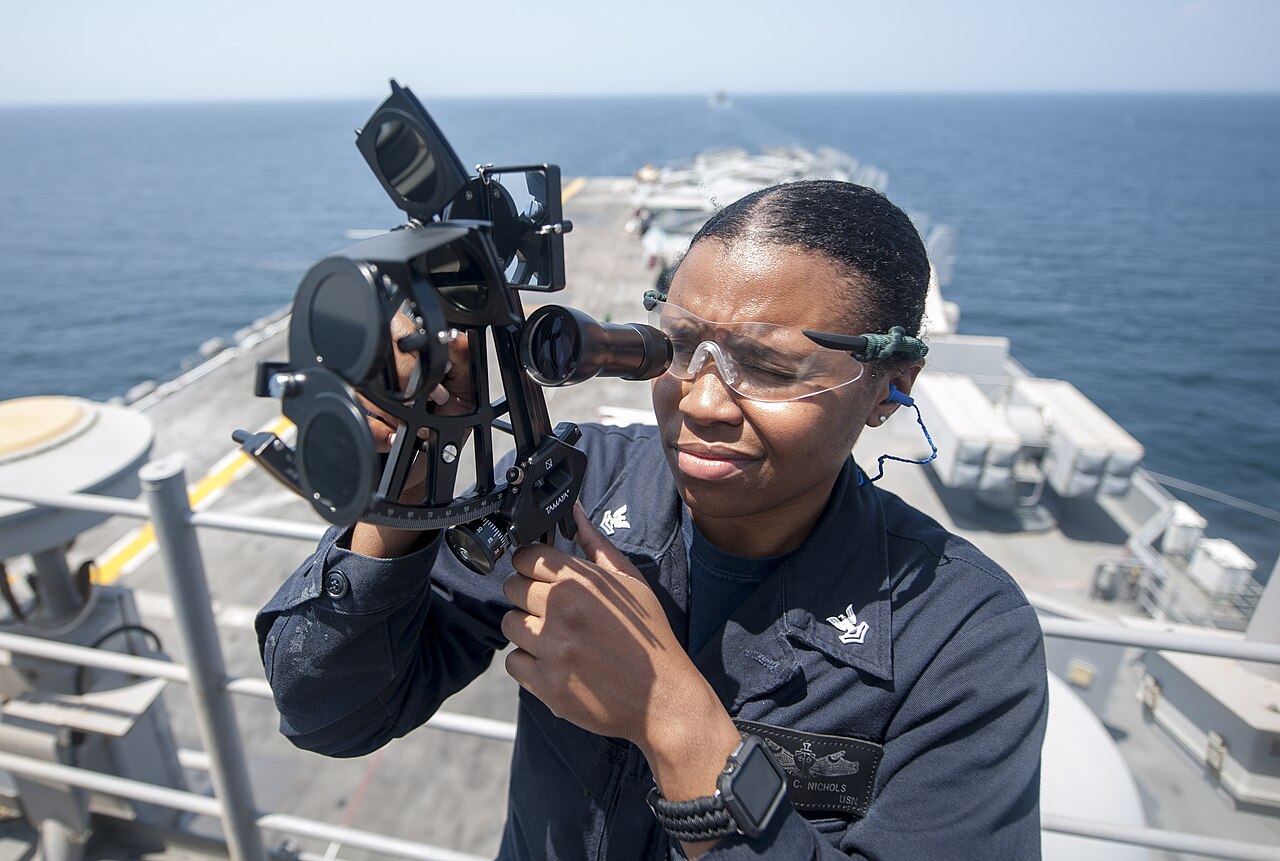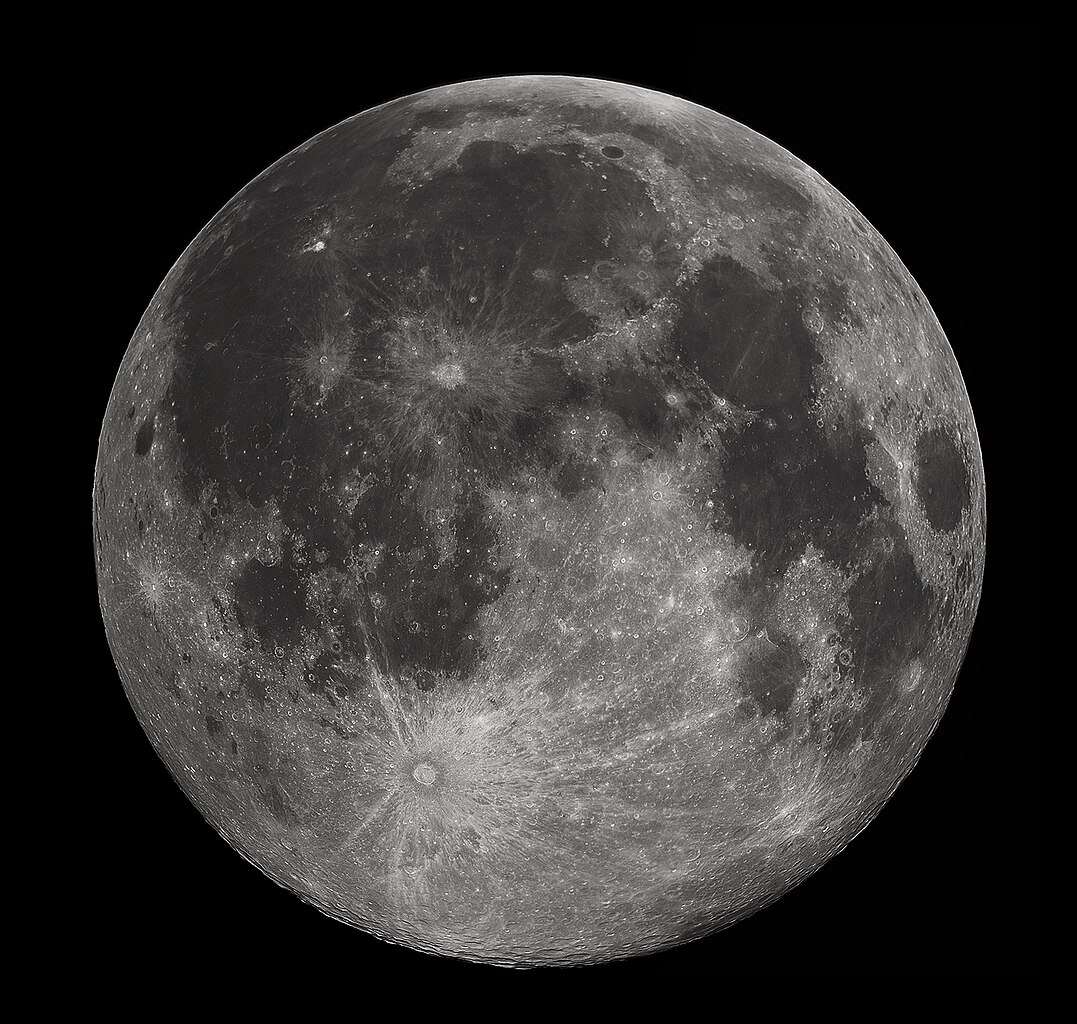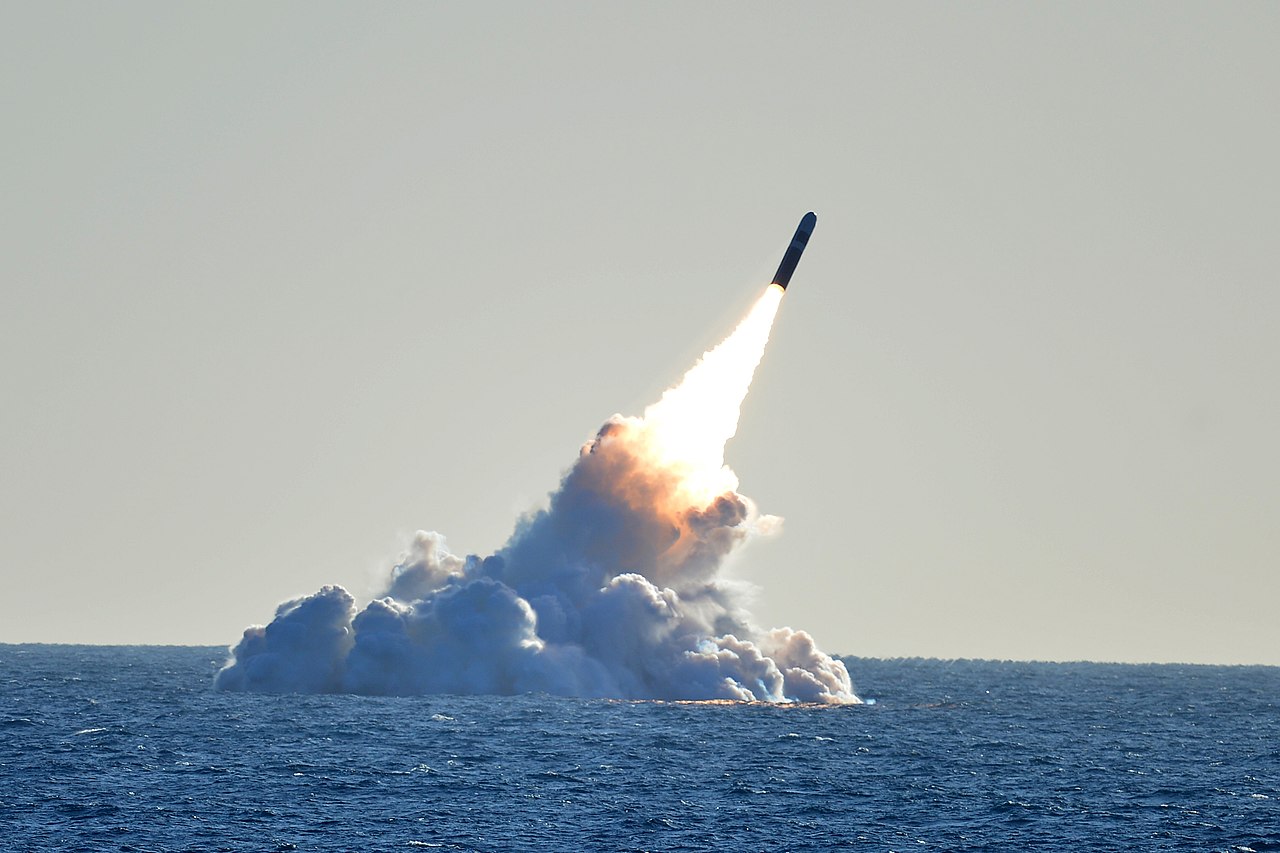Although imaging satellites are the most prominent and best documented form of recon satellites, they are far from the only platforms to carry sensors into space for military purposes. The most common use is signals intelligence (SIGINT), taking advantage of the fact that radio waves generally travel in straight lines well past their target, and can be picked up by a passing satellite. Antennas also produce sidelobes that point in different directions from the main lobe, and satellites can often pick up signals in the lobes pointing up. Lastly, a snooping satellite can make use of the fact that radar signals have to be quite powerful to create a useful return, so even a simple receiver is usually enough to pick up a one-way signal.

GRAB/SOLRAD-1 is prepared for launch atop Transit 2A
In fact, the first plans to make use of these properties predate spaceflight itself. In the late 40s, engineers realized that they might be able to measure the signals of Soviet air-search radars by listening to signals reflected off the Moon. Initial tests found that the Moon was a surprisingly good reflector, but the cost of an operational program, and the development proper of SIGINT satellites, killed it off.
SIGINT satellites were planned from early on in the American space program, and a system known as GRAB (officially Galactic Radiation And Background, in fact simply for what it would do to Soviet electronic transmissions), was the world's first successful spy satellite. The satellite, with the cover name SOLRAD 1, was launched as a secondary payload with the Navy's Transit 2A navigation satellite and despite weighing only 19 kg incorporated not only the SIGINT system but also a very real science capability, passing significant data on the Sun's X-ray signature. When in SIGINT mode, it was a simple transponder, relaying the signals it picked up to the ground station, where they were recorded for analysis. This gave not only the performance characteristics of the radars, but also their location, thanks to the use of doppler shift and a bunch of math. These were largely focused on Soviet air defense radars, vital information for both Navy and Air Force as they planned nuclear strikes on the USSR.
Read more...







Recent Comments